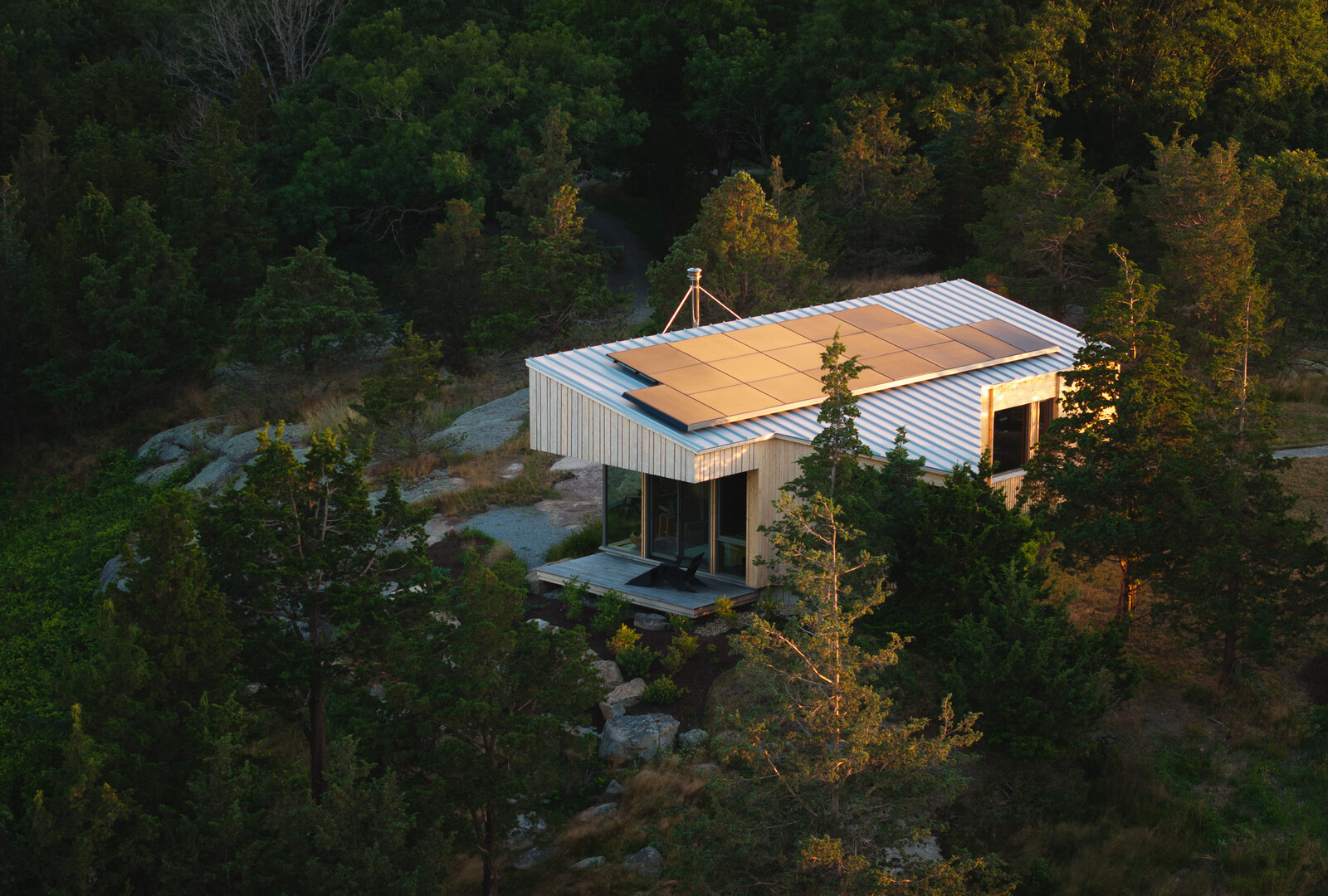We picked some of the best places to see how design luminaries and artists around the world really lived.
For your next trip, consider stepping back in time to Lina Bo Bardi’s midcentury Casa de Vidro in São Paulo, or maybe follow Californian Dennis Severs to London, where he turned a townhouse into an 18th-century storybook. Or Eileen Gray’s 1920s home on the French Riviera might be more your speed. All are ready for your visit.

Donald Judd acquired this New York City building for $68,000 in 1968. His family moved in a year later and renovated over decades. Judd continued to use it to experiment with his ideas even after he moved to Texas in the 1970s.
Photo © Charlie Rubin. Courtesy Judd Foundation. Donald Judd Art © Judd Foundation/Artists Rights Society (ARS), New York.
101 Spring Street
New York City
I first toured 101 Spring Street, Donald Judd’s five-story, cast-iron former family home in SoHo, New York City, a decade ago, while on a date with a filmmaker who practiced transcendental meditation on the subway. Walking up the steps to the various restored floors, each designed to serve a different purpose, took us to new heights of intellectual rapture. Here was neither the cold severity one finds at art institutions like the Dia Beacon, nor a monument to wealth, like some other historic homes. Instead, in tours of small groups, one learns about Judd’s artistic ambitions, his conceptual experiments with space, his values—observing, thinking, reading, and drawing (swoon)—and how his young family once lived here.
Touring the home again for this article, I was still moved by details like the fresco painted by one of Judd’s artist friends, the floors that seem to float because of intentional gaps where they meet the walls, and Dan Flavin’s light installation, which runs along a wall of the “sleeping” floor, demanding that one pay attention to light, color, and space. —Suzanne LaGasa, creative director

At the Block in Marfa, Texas, Judd used two hangars to display his work. In one of the rooms of the east building, the artist mounted three “stacks” on the walls, along with a rectangular floor work.
Photo © Elizabeth Felicella. Courtesy Judd Foundation. Donald Judd Art © Judd Foundation/Artists Rights Society (ARS), New York.
The Block
Marfa, Texas
When I stepped through the adobe wall around the Block, Donald Judd’s home base from the 1970s until his death, the artist’s obsession with simplicity, symmetry, and proportion struck me. Pebbles stretch underfoot to every outdoor corner of the compound, which became Judd’s primary residence in 1977, and the unadorned structures take on some of the gravity of the work that they hold inside. Standing along one of the two main thoroughfares that run through the 1,600-person town, the property takes up a full block—hence the name. Two large hangars house Judd’s library, a set of small rooms he and his family would use as winter accommodations when the Texas heat dissipated, and various sculptures from throughout his career. The family’s main house and a separate bathhouse stand a few paces away.
And while fans of the artist will find the hangars to be the stars of the show, the moments that demonstrate how Judd and his family lived are the most interesting to me. As with Judd’s prior home at 101 Spring Street in New York, the compound’s visual simplicity is perfectly interrupted and embellished by signs of life, from a tiny, well-loved kitchen to a hidden garden. The simple spaces were inspiration enough for the design giant, and that’ll keep me coming back for more. —Ian Zunt, visual media producer

Many visitors to Louis Armstrong’s Queens, New York City, home consider the kitchen to be a highlight. With its turquoise cabinets and futuristic built-ins, it is a striking example of 1960s design.
Photo by Stan Honda/AFP via Getty Images
See the full story on Dwell.com: Our Favorite House Museums, From Kyoto to Queens
Related stories:



